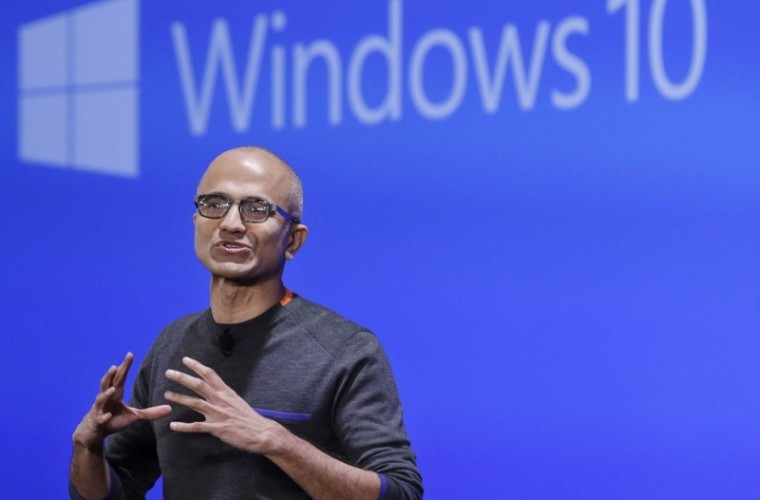Microsoft Windows 10 Project NEON: three things we want to see on Windows 10 PCs by 2017

Microsoft Design Language, MDL for short, was first introduced in 2008, initially to the MSDN community. MDL elements were used to create the infamous Metro interface used in Microsoft Windows 8, which followed a backlash from angry Windows users who felt that the mobile-first interface made no sense on their point-and-click desktops, especially when lacking the Start button.
MDL2 was a revised version leading to the Windows 10 implementation of Microsoft Design Language, which incorporated elements from Windows 7, and a heavy redesign of the Metro interface, which went on to become a rather successful hybrid, that was relatable enough to all Windows users, young and old.
News of “Project NEON” have recently surfaced, leading to the notion that Microsoft may be planning to overhaul the look of Windows 10, and change the current flat, minimalist style, into a more dynamic, slick and pleasing to the eye, user interface. The update is predicted to reach consumers sometime next year, with the next big update of Windows 10.
With that said, there are three key items that Microsoft may want to consider, in order to avoid potentially upsetting Windows users.
No cloning of Apple macOS sierra
Microsoft and Apple have a long, documented history of copying each other, more so since the unveiling of Windows 10, when Apple decided to introduce a Mac version of Windows Snap into Mac OS X El Capitan, as well as many other subtle, and not-so-subtle features. As of late, the implementation of Apple Siri in macOS Sierra seems a little on the nose, as well.
With that said, Apple has nailed the perfect desktop UI. From Mac OS X to macOS, the fluidity, minimalism, elegance and smart design of every visual element is airtight and incredibly efficient.
For Microsoft to achieve that level of design, it may take long way to go, which is why the temptation to just walk the beaten path and try to emulate what Apple did, may be tempting, but it would also be the end of Windows 10.
Under Satya Nadella, Microsoft has waded into unknown territories in which Steve Ballmer would have never treaded. This also means a completely different, and out-of-the-box approach to innovation.
Since Nadella’s induction as the new CEO, Microsoft has begun a new trend of design and branding never before seen. By this token, it’s unlikely that Windows 10 will go down the path of cloning elements from Apple Macs.
Equal attention to regular users and techies
Microsoft has made some amazing improvements to Windows 10, and the development of the Universal Windows Platform (UWP) has created an environment in which both regular users and tech-savvy users can both coexist and make the most of their experience. Regular users with limited experience of the Windows 10 interface have access to simple, clean, and minimalist apps that allow them to configure and control their devices easily, while power users have access to a variety of advanced tools, like Powershell, and even a Linux subsystem through Bash, accessible within Powershell, or the Console.
Project NEON should further incorporate the ability to customize the experience based on skill levels, to avoid alienating users who may feel Windows 10 is too hard, or too easy.
Continuum PowerUp
Microsoft Continuum, yet another Apple-inspired feature (read: Continuity), needs to extend its reach beyond mobile connectivity, and expand to envelope many applications that sorely need cloud-enabled features. More specifically, productivity applications like Microsoft Office, or default apps like Mail, Calendar, or People.
Currently, there is no easy way to quickly save and import settings for Outlook, or Mail, which means that if we were to reinstall Windows 10, we would have to set up every email account, and re-import every contact into a fresh installation of Windows 10 or MS Office.
While setting up a few email accounts may not be as traumatic an experience as it could be, the collective volume of apps that need to be reconfigured from scratch on Windows 10, whether they are third party or bundled with the operating system, can be considerable. By improving Windows 10 interface to make it easy to save all application settings on OneDrive, would make the process of reinstalling Windows a lot less painful, and more similar to the process of resetting a smartphone.
Ready to shop?
PortableOne has the best deals on Windows 10 Pro laptops, featuring the latest hardware-based security features, and full BitLocker encryption to protect your files from prying eyes.